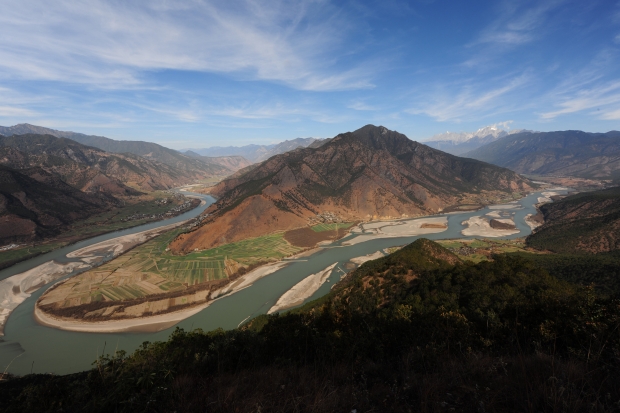China’s Last Rivers Report
China’s Premier Li Keqiang has announced that China would build more dams as part of its 12th Five Year Plan. His March 2014 speech reinstated China’s commitment to unleashing the biggest dam building sprees in history.
A coalition of 19 Chinese NGOs have released a new report titled China’s Last Rivers Report and urged the Chinese government to recognize the value of healthy rivers. Environmentalists fear that the Chinese government has been hoodwinked by its own dam building industry into expensive and large mega projects which is likely to do little to service China’s growing energy appetite.
The report writers, which include Friends of Nature’s Li Bo, have concluded that hydropower is not the answer to China’s carbon emission reductions goals and threaten China’s ecological resilience. The government’s commitment to environmental protection currently does little to protect China’s remaining free flowing rivers, such that ecological redlines for rivers must be established and river protection legislation considered as soon as possible. Without such measures, the report argues that China’s Southwest rivers - where the headwaters of the mighty Mekong, Brahmaputra, Salween and Yangtze Rivers flow - are destined for a viscous cycle of energy intensive and high polluting industries including as mining and petrochemical processing. Furthermore, questions over reservoir induced seismicity in the dam building hot spot of Southwest rivers and social risks of resettling hundreds of thousands of ethnic minorities remains unaddressed.
China’s Rivers Report can also be found accessed with an English translation of the executive summary at www.chinariversreport.org.
The Chinese language China's Rivers Report was first launched in Beijing, China on 24 December 2013. The English language Executive Summary was published in March 2014.
The China Rivers Report was initatied by Friends of Nature, Institute of Public & Environmental Affairs, Green Watershed, Shan Shui, Chengdu Urban Rivers Association.
The China Rivers Report was supported by Nature University, Xiamen Green Cross Association, Huaihe River Eco-Environmental Science Research Centre, Green Zhejiang, Saunders' Gull Conservation Society of Panjin City, Green Panjin, Eco Canton, EnviroFriends Institute of Environmental Science and Technology, Dalian Environmental Protection Volunteers Association, Greenovation Hub and Wild China Film.



